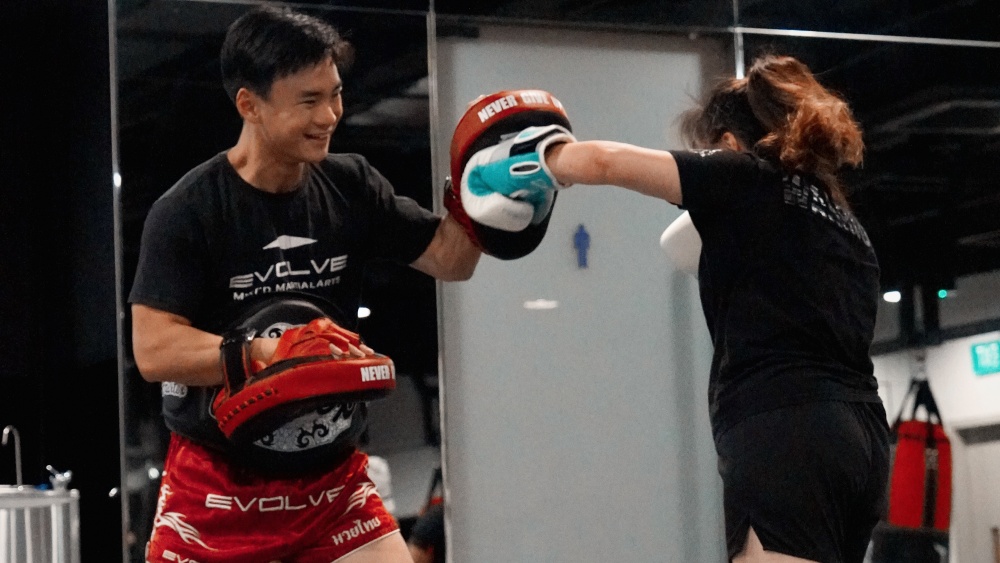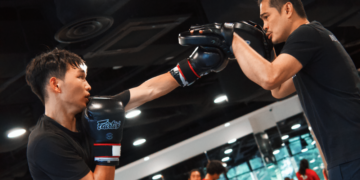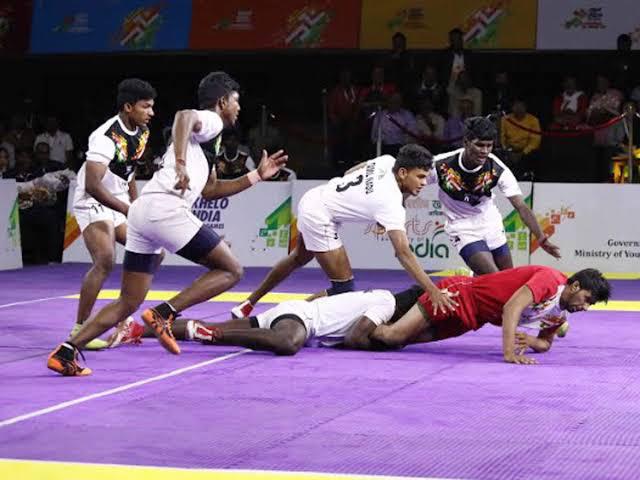Over the past year, fitness communities around the world including in Singapore have seen a growing interest in something called ‘zone’ training. More people are moving away from traditional high-impact routines and turning to sustainable, science-backed methods that are easier on the body yet highly effective.
Whether you’re training in a martial arts gym in Singapore or simply looking for a smart way to stay active, Zone training has become a go-to for building endurance, burning fat, and improving overall health without exhausting the body.
Understanding Zone Training
Zone training is a method that divides cardiovascular effort into five levels, or “zones,” based on heart rate. Each zone serves a specific purpose, from recovery to peak performance. The most talked-about in recent fitness circles is Zone 2. This zone focuses on low to moderate intensity, typically around 60 to 70 percent of your maximum heart rate.
Zone 2 is known for improving aerobic capacity and promoting fat metabolism. It is often described as the “conversational pace” zone, where you can speak in full sentences while exercising. This makes it a practical and sustainable approach, especially for those who want long-term results without the fatigue often linked with intense training.
Why It’s Gaining Popularity
The rise of Zone 2 training is no coincidence. In recent years, more people have started prioritizing health over aesthetics, choosing workouts that support long-term wellness. According to the American College of Sports Medicine (ACSM), wearable technology and low-intensity endurance workouts were among the top fitness trends in 2024 and are expected to stay relevant in 2025. These trends reflect a shift toward smarter, more mindful exercise.
Publications like Business Insider and The New York Post have highlighted Zone 2 as a counter-movement to fast-paced workouts like HIIT. While high-intensity training still has its place, fitness seekers are now more interested in methods that reduce stress, support recovery, and protect the joints.
Even in Singapore, where efficiency is a way of life, Zone 2 is catching on. People want to stay fit without burnout. Whether it’s through brisk walking at the park, long bike rides, or steady-state pad work in martial arts, Zone 2 has become an appealing and accessible option.
How Martial Arts And Zone Training Work Together

Zone training isn’t just for treadmills and casual swims. Steady-paced drills in Muay Thai, Boxing, or BJJ often tap into Zone 2 cardio, helping athletes build stamina, recover faster, and sharpen technique.
You might associate zone training with cycling or treadmill workouts, but it complements martial arts surprisingly well. Many sessions in Muay Thai, Boxing, or BJJ include rounds that naturally fall into Zone 2 intensity, especially during warmups, flow drills, and partner drills!
Practicing techniques at a steady pace, hitting pads rhythmically, or rolling lightly on the mats can all engage the aerobic system while allowing for proper form and recovery. This makes Zone 2 a great foundation for martial artists looking to build stamina and recover faster between rounds.
Some martial arts gyms in Singapore, like Evolve MMA, even offer strength and conditioning classes that incorporate heart rate monitoring. Whether it’s through guided circuits or self-paced bag work, zone training is finding its way into group sessions across various sports disciplines.
How It Compares To HIIT
HIIT (high-intensity interval training) rose to popularity for its fast, calorie-torching workouts. However, the intensity can be hard to sustain regularly, especially for beginners or those managing fatigue. Zone 2, on the other hand, can be done frequently and with minimal strain on the nervous system.
HIIT often spikes your heart rate close to its max, then drops it during recovery intervals. Zone 2 keeps your heart rate stable at a manageable level. This supports better fat metabolism, heart health, and endurance without leaving you feeling depleted afterward.
The two methods can work hand in hand. Think of HIIT as a short, explosive tool for power and Zone 2 as the long game for health and resilience.
How To Get Started
You don’t need to overhaul your routine to begin. A smartwatch or fitness tracker with heart rate monitoring is helpful but not essential. To estimate your Zone 2 range, subtract your age from 220 to get your maximum heart rate. Then aim to stay between 60 to 70 percent of that number. Some examples of Zone 2 activities include:
- Brisk walking
- Steady cycling
- Light jogging
- Martial arts pad drills or shadowboxing at a moderate pace
Remember, consistency is key. Thirty to forty-five minutes in zone 2, done three to four times a week, can lead to noticeable gains in energy, endurance, and recovery.
The Benefits Speak For Themselves
People who consistently train in Zone 2 often report improved endurance, steadier energy levels, better focus, and a stronger connection between mind and body. Because the intensity is manageable, you are more likely to stay consistent, and that consistency is where real change happens.
It’s also a great tool for mental health. The steady rhythm of Zone 2 movement encourages mindfulness, reduces cortisol levels, and provides a sense of flow. These benefits are backed by research and are one reason health professionals often recommend Zone 2 to people of all ages.
Conclusion
Zone training is more than a fitness trend; it is a reflection of where the wellness world is headed. It values long-term health, balance, and sustainability over short bursts of intensity. Whether you are just starting your fitness journey or looking to enhance your martial arts training, Zone 2 offers a smart and approachable path forward.
From heart health to endurance, recovery to mindfulness, Zone training proves that sometimes going slower can help you go much further. Give it a try, your body will even thank you for it in the long run!
You may also like:
The Growing Popularity Of Martial Arts For Fitness In Singapore
In Singapore, modern life often means spending hours sitting in a chair on most days. Working at your desk, commuting on the MRT, and streaming marathons all add up to a whole lot of sitting,…
In BJJ, Submission Grappling, and Wrestling, improving your ability to explode into takedowns doesn’t just add more brute strength to your takedowns, it also allows you to close distances quicker as your entry speed increases….
Many professional athletes incorporate swim training into their workout routines to take their training to the next level. Swim training pushes your lung capacity and muscle endurance, helping to build you into a more durable,…
Intermittent fasting (IF) has been popular among martial arts fighters for decades, with legends like Georges St. Pierre swearing by its effectiveness. While the idea of skipping meals before intense training often sparks debate, this…
Many people think ripped muscles, lightning hand and leg speed, and perfect technique are the only things you need to develop knockout power in striking-based martial arts such as Muay Thai, Boxing, and Mixed Martial…
Flexibility plays a crucial role in how well you can execute many fighting techniques. For example, you need a certain level of hip flexibility to throw high kicks in Muay Thai or to use the…
Boxing fans around the world are watching closely as the rematch between Oleksandr Usyk and Daniel Dubois approaches. Their first encounter sparked plenty of conversation, from impressive footwork and bodywork to controversy surrounding a pivotal…
In Brazilian Jiu-Jitsu, everyone talks about sweeps and submissions from various guards. But here’s the thing, most people learn the hard way and none of that matters if you can’t keep your guard in the…
Wrestling is one of the oldest and most foundational forms of grappling in martial arts history. While most grapplers train primarily in either Brazilian Jiu-Jitsu or Wrestling , learning both can level up your game…
Let’s be honest. Everyone thinks aggression gets a bad rep. In day-to-day life, we’re told to stay calm, composed, and controlled. And that’s good advice for your job, at home with your family, maybe even…
Kids today face much more peer pressure than their parents did because of the internet and social media. Once upon a time, restricting the outside influences on your child was as simple as limiting which…
If you’re looking to improve your fitness and stay motivated, heading to a martial arts gym in Singapore or anywhere else might be just what you need. Over the past few years, more people have…





































